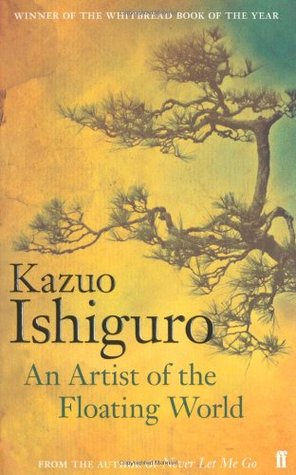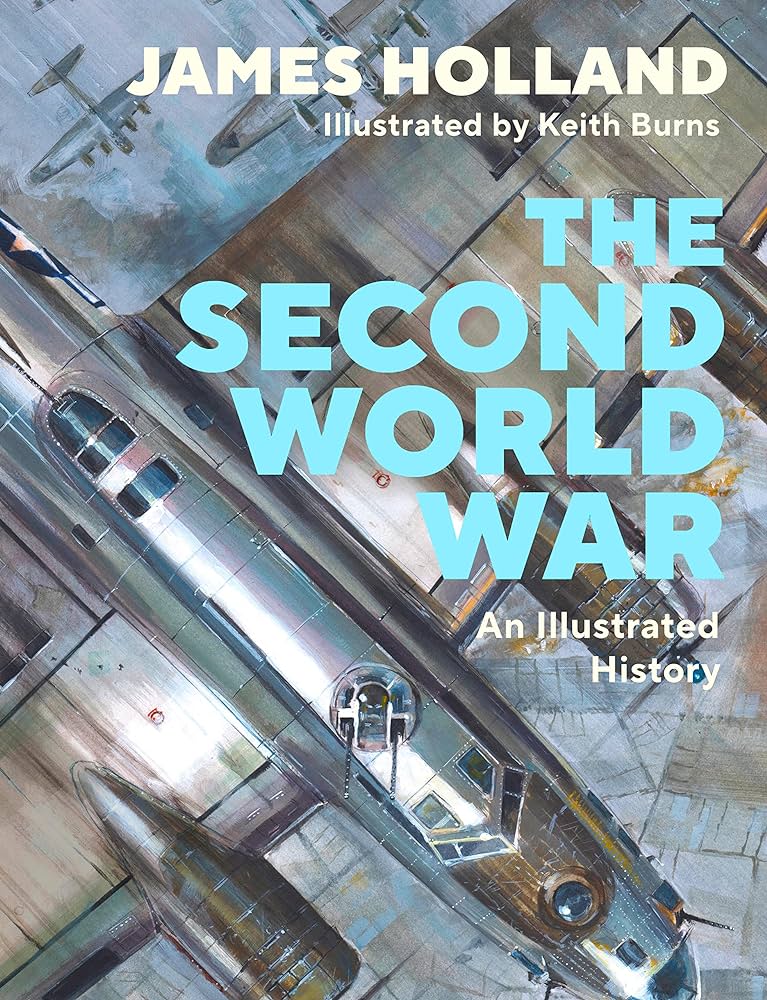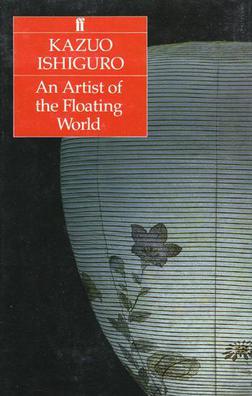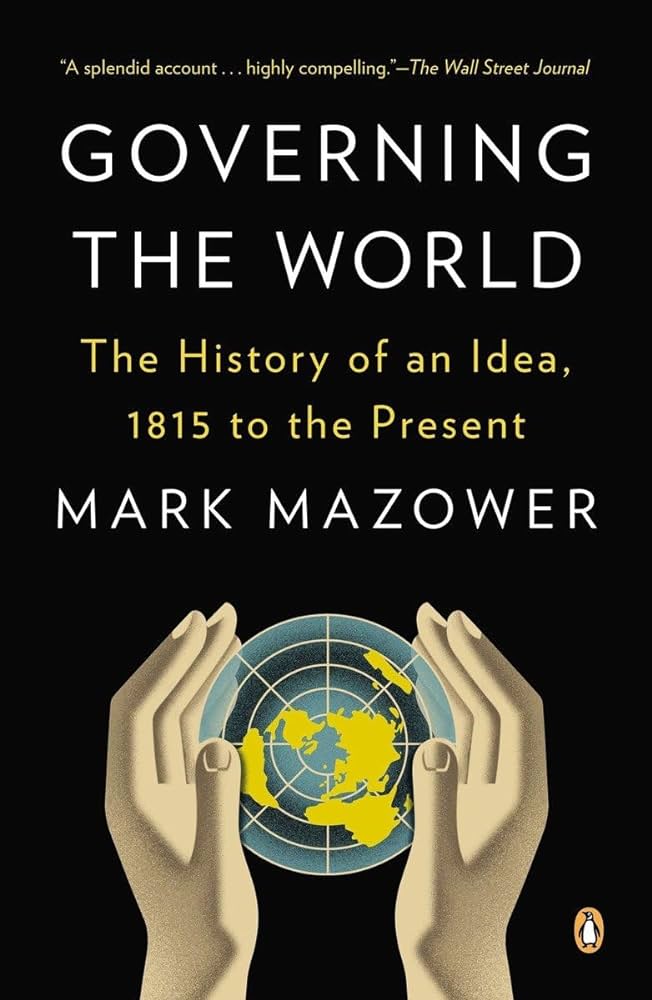Review Of An Artist Of The Floating World
An Artist of the Floating World is a novel written by Nobel Prize-winning author Kazuo Ishiguro. Published in 1986, the novel follows the life of an elderly artist, Masuji Ono, who looks back on his life during the period of World War II in Japan. It is a story of memory, regret, and the consequences of past choices and actions. The novel also explores themes of guilt, identity, and the divide between generations. Throughout the novel, Ono reflects on the mistakes he made during his youth and the way that his life has been shaped by them. He is ultimately forced to confront the consequences of his past actions and the effect of his choices on both himself and those around him. Ishiguro’s ability to craft a story that is both heartbreaking and hopeful makes An Artist of the Floating World a novel that will remain a classic.
Overview of the Artist
Kazuo Ishiguro, the author of the acclaimed novel An Artist of the Floating World, is a master storyteller whose works often explore themes of memory, identity, and loss. In this book, Ishiguro draws us into the life of Masuji Ono, a retired painter living in post-war Japan. Through his reflections, Ono muses on the meaning of his life and his relationships with his family and the world around him.
The story takes us back to the 1930s, when Ono was a celebrated artist, and then to the present, when he is a broken-down, elderly man. Through his reflections, we get a glimpse into the past, present, and future, and we gain insight into a man’s life and his journey of self-discovery.
Ishiguro’s writing is both beautiful and heartbreaking, and his characters are complex and believable. With its powerful themes and vivid imagery, An Artist of the Floating World is a captivating story that will stay with you long after you’ve finished reading it. This is a must-read for anyone who appreciates great literature.
Cultural Context of the Artist
Kazuo Ishiguro’s novel “An Artist of the Floating World” is a masterful exploration of the cultural context of Japan in the mid-20th century. The novel follows the story of Masuji Ono, an elderly artist living in post-war Japan and grappling with the legacy of his past actions. Through Ishiguro’s vivid and poetic prose, the novel paints a vivid picture of the complex cultural and political landscape of Japan in the wake of the Second World War. Ishiguro offers readers a nuanced look at the impact of war on Japanese culture and the struggles of those living in its aftermath. Themes of guilt, responsibility, and the power of art to transcend suffering are explored in the novel. Additionally, the novel provides insight into the changing social climate of post-war Japan, as well as the effects of westernization on traditional Japanese culture. By looking at the cultural context of Japan after the war, Ishiguro’s novel provides a powerful and thought-provoking snapshot of a period of change and transformation.
Themes and Motifs in the Artist’s Work
An Artist of the Floating World is a novel by Nobel Prize winning author Kazuo Ishiguro. It is the story of an elderly Japanese artist, Masuji Ono, as he looks back on his life and career. The novel is a vivid exploration of the themes of guilt, regret, and memory. Through the eyes of Masuji, we see a world that is in flux, where traditional values are being replaced by modern ideals. Themes of identity, family, and the effects of war are explored as Masuji reflects on the choices he has made in his life.
Masuji’s work is a reflection of his values and experiences. He paints a world that is in flux, one that is very different from what he remembers in his youth. His paintings feature individuals that are struggling to find their place in an ever-changing landscape. Masuji’s use of vibrant colors and bold shapes reflect his own struggles and the uncertainty of the times.
The novel also examines the effects of war on individuals and communities. Through Masuji’s paintings, we see how war has changed the landscape of Japan, both literally and figuratively. Themes of guilt, regret, and memory are explored as Masuji looks back on the decisions he made during the war. He reflects on the consequences of his choices and how they have affected his family and the people around him.
An Artist of the Floating World is an engaging exploration of identity, family, and war. Through Masuji’s paintings, we gain insight into his life and how his experiences have shaped him. His artwork is a reflection of the uncertainty of the times, and the novel is an exploration of the themes of guilt, regret, and memory.

Critical Reception of the Artist’s Work
The Artist of the Floating World, by Kazuo Ishiguro, has been met with both critical and commercial success since its release. The novel, which follows a retired artist in postwar Japan, has been lauded for its unique storyline, psychological depth, and Ishiguro’s signature writing style. Critics have praised the novel for its exploration of themes such as memory, loss, and identity, and have called it “a powerful and moving work of art.”
The novel has also been commended for its depiction of the complex relationship between art and life. Through its exploration of an artist’s creative process, The Artist of the Floating World offers an insightful examination of the value of art in the modern world. Ishiguro’s thoughtful and sensitive writing has been praised for its ability to capture the nuances of the human experience, as well as its ability to bring the reader into the world of the main character.
The Artist of the Floating World has gone on to become a classic of modern literature, and is widely regarded as one of Ishiguro’s best works. It is an insightful and thought-provoking exploration of some of the most important questions of our time, and is sure to remain an important work for generations to come.
Impact of the Artist’s Work
The artist of the Floating World has had an immense influence on art, culture, and society. Their works have become iconic, with many of their pieces being reproduced and celebrated for their unique perspectives and expressions. Their work has transcended generations, becoming a symbol of a certain era and style.
The artist’s works often explore themes that are still relevant today, such as oppression, identity, and politics. These themes allow the work to remain timeless and relatable, even after decades. Furthermore, the artist’s works often focus on difficult topics, allowing viewers to explore their own preconceived notions and biases.
The artist’s works has also had an impact on popular culture. For example, many of their works have been adapted into films or television shows. Their art has been featured in advertisements, on clothing, and in music videos. Their influence in the world of art and culture is undeniable, and is a testament to the power of their art.
The artist of the Floating World has had a profound impact on the world of art, culture, and society. Their works have become iconic, exploring themes that remain relevant today. Furthermore, their influence in popular culture is undeniable, with their works being adapted for film and television, and featured in advertisements and music videos. Their legacy continues to live on, proving that the power of their art will be remembered for generations to come.
Conclusion
In conclusion, Kazuo Ishiguro’s novel, An Artist of the Floating World, is an excellent exploration of the effects of war and its aftermath on the lives of those who lived through it. Through the character of Masuji Ono, the novel examines the conflicting feelings of shame and pride experienced by a war veteran, as well as the moral ambiguity of war. Ishiguro’s writing is masterful and thought-provoking, and the novel provides a poignant and powerful exploration of the themes it presents. The story of Masuji Ono and his family is sure to stay with readers long after the last page is turned.
FAQs About the Review Of An Artist Of The Floating World
Q1. What is the author’s purpose in writing “Review Of An Artist Of The Floating World”?
A1. The author’s purpose in writing “Review Of An Artist Of The Floating World” is to examine and critique the works of the Japanese artist, Katsushika Hokusai, and to provide a historical and cultural context for his artwork.
Q2. What themes does the book explore?
A2. The book explores themes of Japanese culture and history, art and aesthetics, and the relationship between the artist and his audience. It also examines how Hokusai’s work has impacted the world of art and influenced modern art and design.
Q3. What critical reception has the book received?
A3. The book has received critical acclaim and has earned a number of awards, including the Pulitzer Prize for Biography in 2017. It has also been praised for its comprehensive look at the works of Katsushika Hokusai and its detailed examination of his artistic style and influences.
Conclusion
Overall, “An Artist of the Floating World” is an excellent novel that explores the complexities of life and its many layers of emotion. It tells the story of an elderly artist who is struggling to come to terms with his past, as well as the present state of his life. Despite his age, Masuji Ono is able to find moments of joy and contentment in the small things, and his story is both poignant and uplifting. The novel paints a vivid portrait of Japan in the aftermath of World War II, and is a compelling read that is sure to leave readers with a greater understanding of the complexities of human emotion and the fragility of life.





